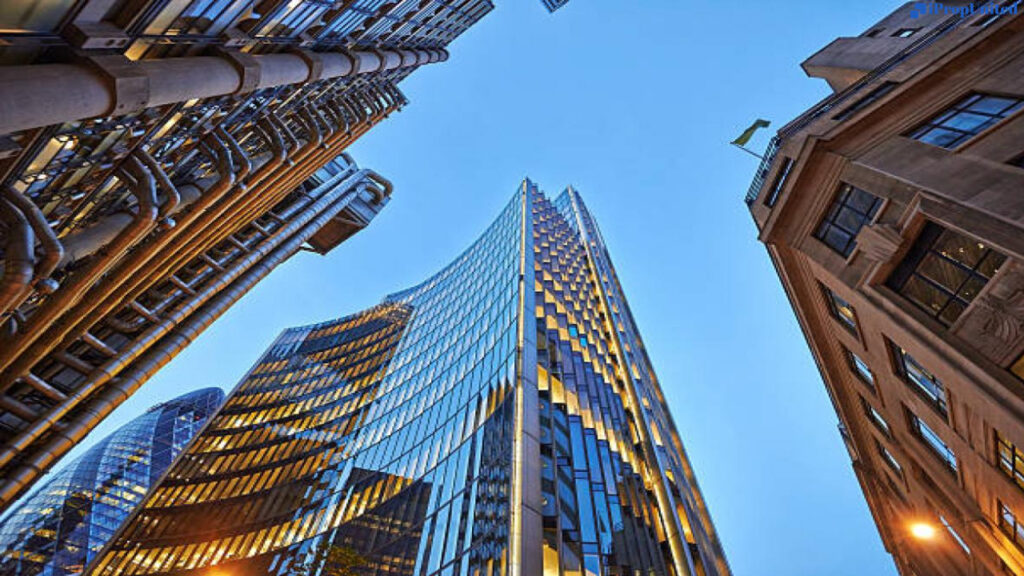During a recent conversation with ETRealty, M Murali, Chairman of Shriram Properties and Mallanna Sasalu, CEO of Provident Housing, discussed the trends shaping the luxury real estate industry. Key topics included sustainable construction and development, best practices for builders during project construction, and government incentives needed to motivate builders to develop more such projects.

When asked about the trends witnessed in the last two years in the luxury real estate market, Murali explained that these trends have been unfolding over the past 4-5 years. The implementation of RERA (Real Estate Regulation and Development Act) has led to industry consolidation, differentiating between professional players and amateurs. On the demand side, COVID-19 has led to a surge in demand for real estate development, particularly on the luxury side. This phenomenon began in early 2021, as people started looking to save extra money and even engage in moonlighting to increase their incomes. Furthermore, companies began paying better than before, which helped increase demand.
Importantly, people have gone back to a savings mindset due to the pandemic, which has been crucial for the real estate industry. Indians are excellent savers, and for them, gold and homes are the most important assets. Before COVID-19, many were moving away from this mindset, but the pandemic brought them back to basics. The pandemic also led to people suffering and requiring more space, causing them to invest in additional rooms. This demand for space has contributed to the growth of the luxury real estate market.
The real estate market in India is currently experiencing a significant demand for affordable housing. This demand is expected to continue for at least the next decade, while the market for mid-premium and high-end properties is also expected to remain strong for the next seven to eight years and three to five years respectively. The Indian economy is currently performing remarkably well, and this trend is expected to continue, leading to further growth in the real estate sector.
In addition, rising input costs and land prices have made it difficult to develop affordable housing units that cost less than Rs. 50 lakh. As a result, the affordable housing market has shifted to include properties that cost between Rs. 50 lakh and Rs. 1.2 crore.
Meanwhile, there has been an increase in demand for luxury housing due to the realization that owning a home provides a sense of safety and security in light of the COVID-19 pandemic. This trend is expected to continue as the Indian mentality towards homeownership remains strong.
Overall, the residential development sector in India is currently performing well across all segments, with several layers of luxury housing available to cater to various markets.
The question raised is whether the increasing demand is driving builders to expand into different cities. In response to this, Murali states that the demand for real estate is growing in India due to the country’s bright economy, which is prospering under the leadership of the prime minister. The positivity and perception created by India’s progress is attracting the attention of the world, which in turn is driving the demand for real estate in the country.
The consolidation that has taken place in the real estate industry is a significant factor that is contributing to the growth of the sector. This is a common occurrence in all industries, and the real estate sector is no exception. Murali compares this consolidation to the one that occurred in the NBFC industry in the early 2000s, which eventually stabilized by 2005-06.
Murali notes that the real estate industry is now a well-established, qualitative place, much like the NBFC industry. The consolidation has resulted in only 50-60 real estate developers catering to 70% of the demand across the ten cities that matter in India’s real estate market. Each city has only 10-12 developers catering to 80% of the demand, which is a clear indication of the consolidation that has taken place in the sector.
Furthermore, as the demand for real estate continues to grow, credible large developers are looking to expand aggressively in this sector. This is because India is expected to grow further multifold, presenting a significant opportunity for growth. Joint development agreements (JDAs) are emerging as a popular option for developers, as these agreements provide a way to develop projects without having to invest a significant amount of capital upfront.
In conclusion, there is a significant supply of non-performing assets from banks, NBFCs, and institutions, as well as other developers who are stuck with projects that have yet to be completed. Murali estimates that less than 20% of these projects are being delivered, and even those that are delivered will take another 7-8 years. This presents a significant opportunity for those who are looking to invest in the real estate sector, particularly in the development management and JDA space.
Follow and Connect with us: Twitter, Facebook, Linkedin, Instagram








